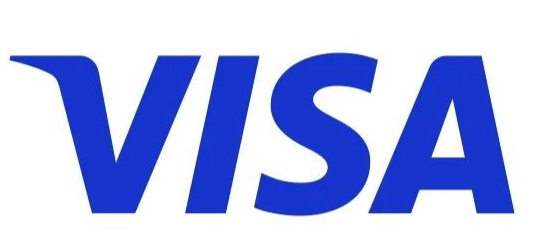In a world where speed, convenience, and security are paramount, Visa is preparing to introduce a game-changing solution in the realm of bank transfers.
Visa is set to revolutionise account-to-account (A2A) payments with the launch of its new service in the UK by early 2025. Leveraging decades of expertise, Visa is introducing a smarter, more secure way for consumers to make payments directly from their bank accounts, bypassing traditional card networks. This marks a significant shift in the payment landscape, with potential implications for both consumers and businesses.
Visa is set to revolutionise account-to-account (A2A) payments with the launch of its new service in the UK by early 2025. Leveraging decades of expertise, Visa is introducing a smarter, more secure way for consumers to make payments directly from their bank accounts, bypassing traditional card networks. This marks a significant shift in the payment landscape, with potential implications for both consumers and businesses.
Why is Visa launching A2A payments?
The growth of A2A payments in today’s digital economy, where so much of our lives are managed through smartphones, has been rapid. From 2022 to 2023, A2A payments saw a 15% increase over the previous year in the UK, totalling €3.7 trillion in 2023. However, when it comes to paying bills and subscriptions, many existing processes remain outdated. Payments for bills and subscriptions can still be outdated, with a potential loss of millions due to unauthorised auto-renewals or lack of flexibility in bill payments. Visa's A2A service aims to address these issues by offering a better alternative.
At the core of Visa A2A is the promise of greater control, protection, and convenience. The service introduces advanced consumer protections, including a formal dispute resolution system—something that has long been missing from traditional bank transfers. Features like biometric authentication and AI-powered fraud prevention provide a significant security upgrade, reducing the risk of unauthorized transactions. This is a major benefit for consumers, who have had limited safeguards when using direct bank payments.
Key Benefits of A2A Payments
Visa’s A2A service also allows users to manage variable recurring payments — such as bills, subscriptions, and memberships — through an integrated digital platform. This enables consumers to control payment limits and scheduling, offering flexibility in line with the needs of modern digital financial management. Gone are the days of manual processes and a lack of transparency that can lead to unexpected charges.
Core features of Visa A2A:
More consumer choice
Greater consumer protection
Standardised user experience
Easy and convenient way to pay
Enhanced control and visibility
For businesses, Visa A2A offers real-time settlement through the Faster Payments System, which improves cash flow visibility and simplifies payment reconciliation. Instant notifications about customer changes or cancellations give businesses more control over their operations and customer relationships. Visa’s A2A model is built on an open system, making it accessible to all eligible banks and fintechs. This sets a new standard for both protection and usability.
However, Visa is entering a competitive space where established players have already been dominating the A2A market. Visa’s ability to partner with banks and ensure seamless adoption will be key to its success. Additionally, Visa faces the challenge of its own card business potentially being cannibalized as more transactions shift to the A2A model.
Furthermore, Visa is also about giving opportunities to new players. Visa’s open system provides opportunities for new participants. By allowing eligible banks and fintechs to join and even contribute to the development of the service, Visa is creating a flexible platform that can evolve to meet consumer needs.
What makes Visa’s service stand out is its use of Open Banking technology. This allows for seamless bank-to-bank transfers while maintaining the robust security and fraud prevention features Visa is known for. The service could also pave the way for merchant payments directly from consumer bank accounts, bypassing traditional card networks. This could help lower transaction fees for businesses while maintaining a high level of consumer protection.
Looking ahead, Visa’s A2A service could disrupt not just how we handle recurring payments but also how we make everyday transactions. Could this be the start of a future where card networks play a smaller role, replaced by secure, direct bank transfers with full consumer protections? Visa’s entry into the A2A market is certainly a development worth watching, as it could significantly reshape the digital payments landscape in the UK and beyond.
The real question is: will Visa’s strong brand and trusted security be enough to set it apart in this crowded market?
Visa’s entry into the A2A market is undoubtedly a pivotal development that could redefine the digital payments landscape, not only in the UK but on a global scale. The real question is: will Visa’s renowned brand and trusted security be enough to distinguish it in this increasingly competitive space?



